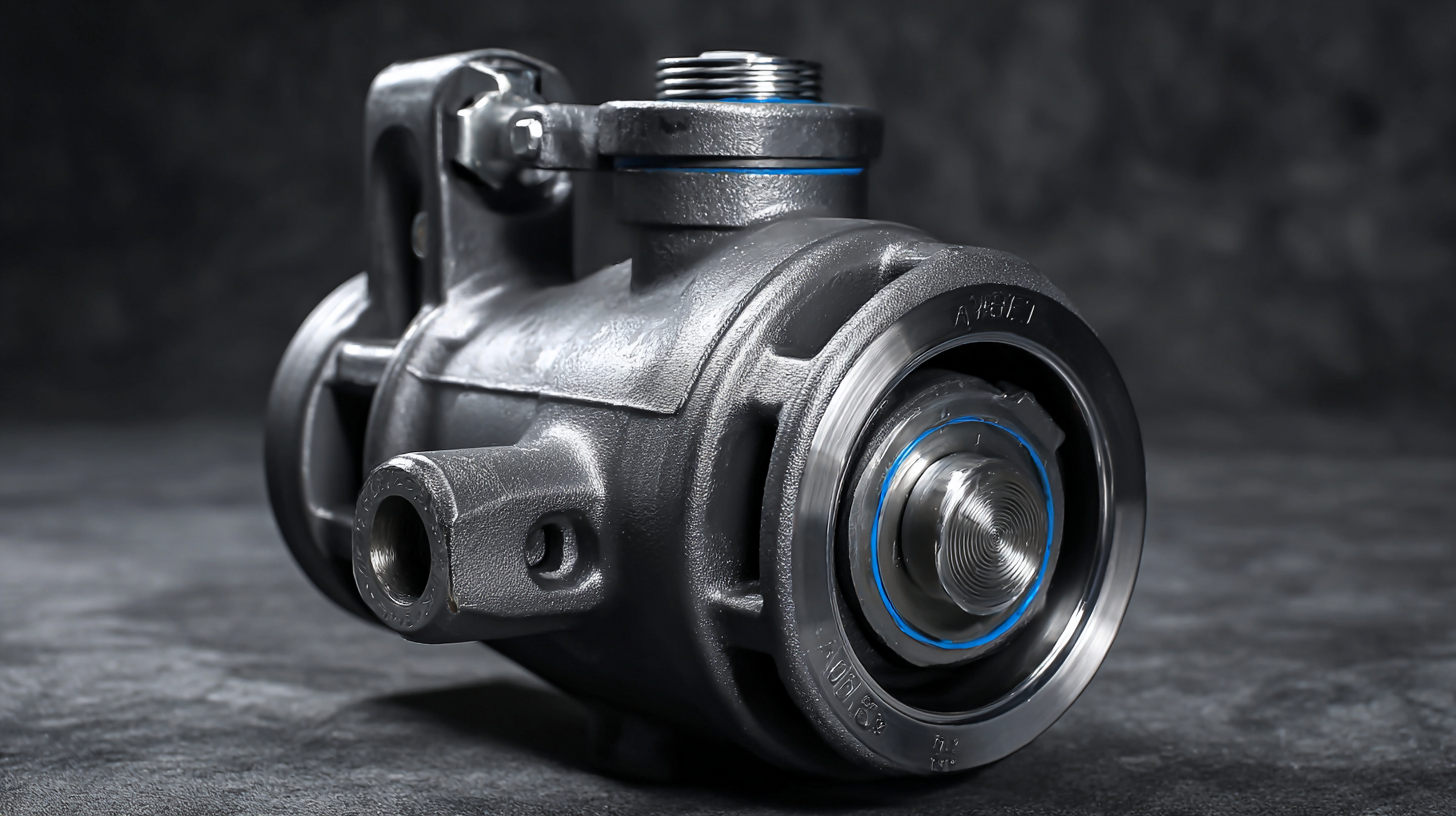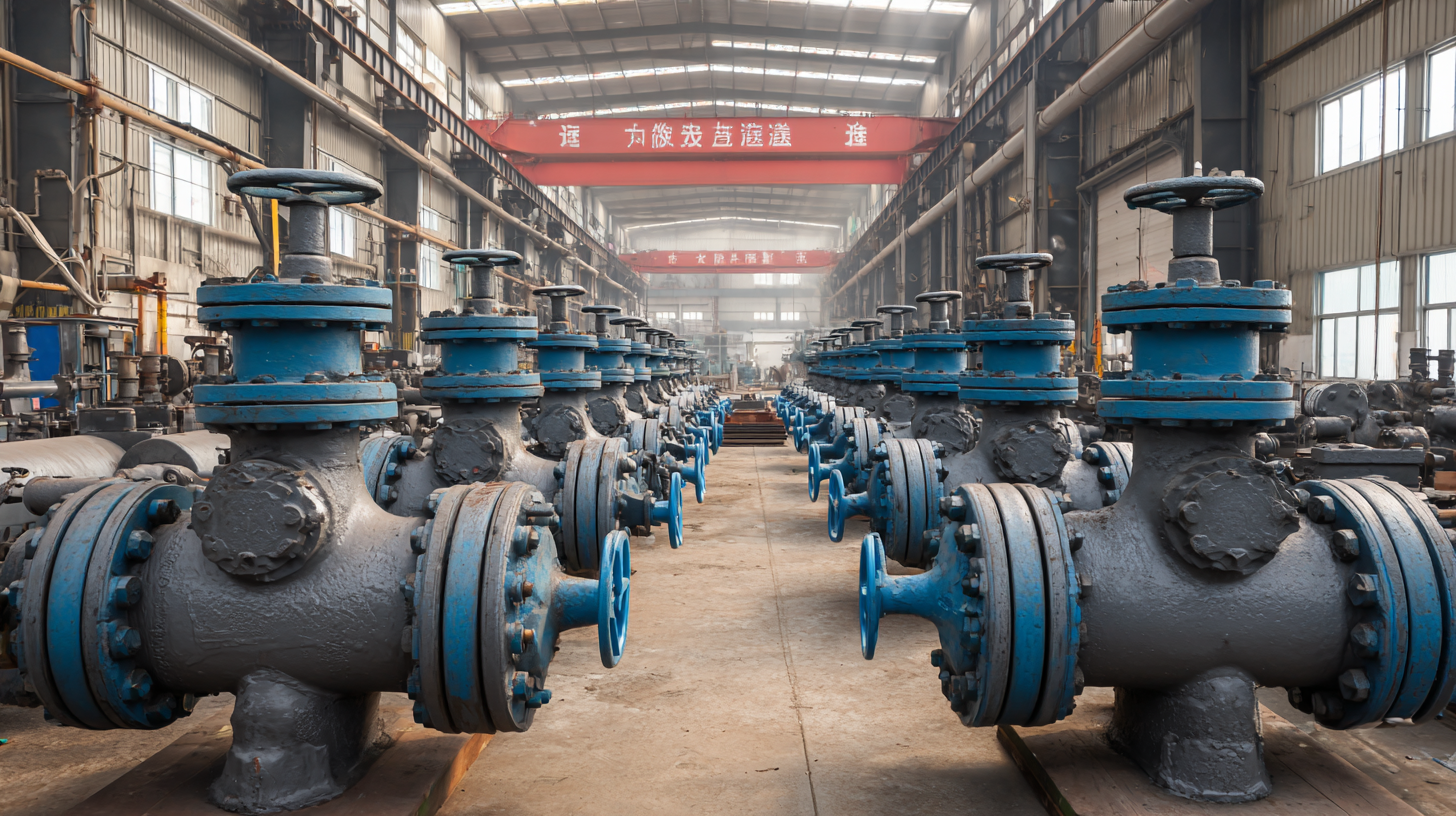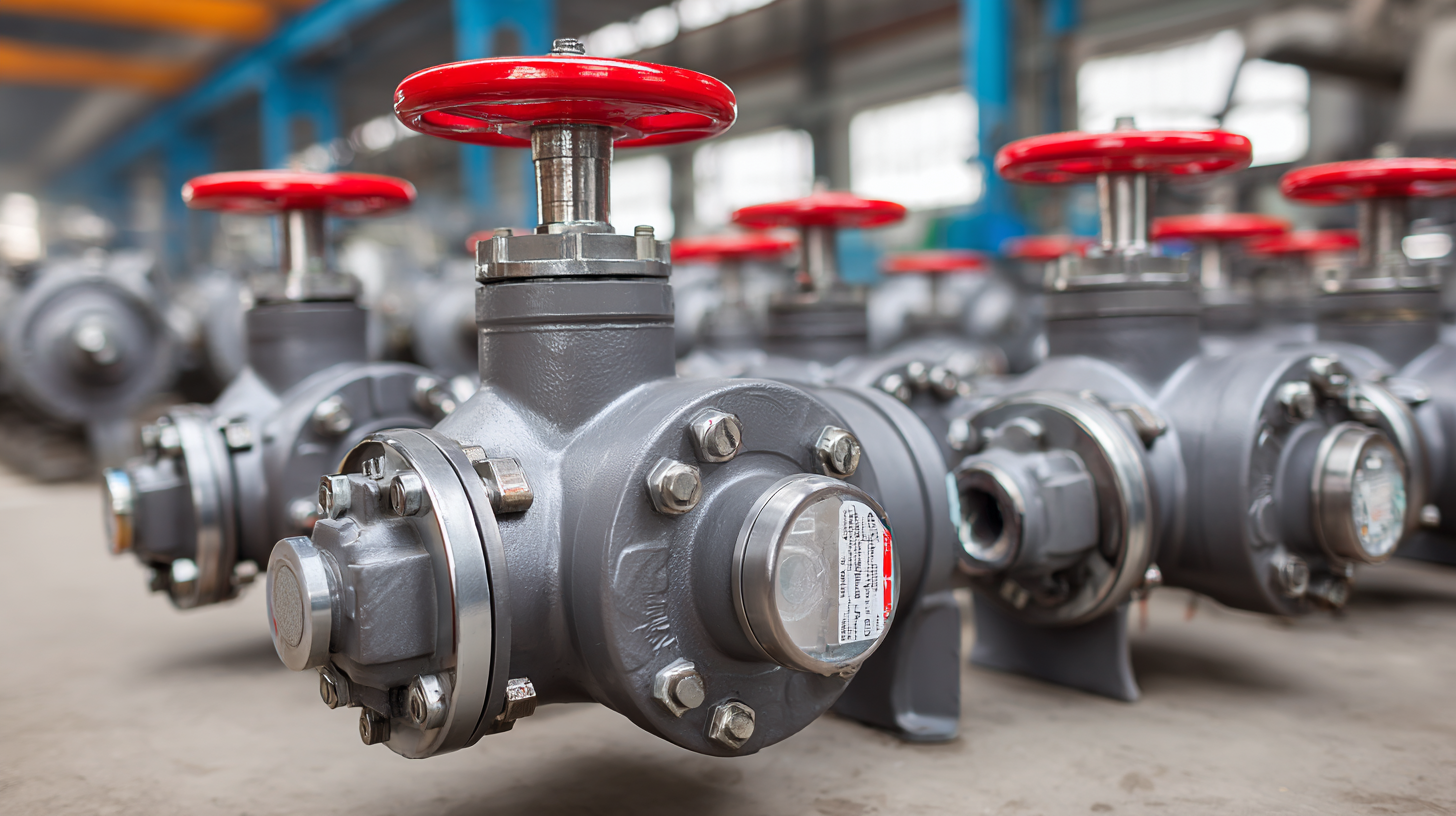
-
Home
-
Products
-
About Us
-
Application Cases
-
CLIENT & FACTORY
-
Test
-
News
-
Contact Us
Leave Your Message

In the realm of industrial applications, the selection of the appropriate valve is critical for ensuring operational efficiency and reliability. Among the various types of valves, the Carbon Steel Ball Valve has gained significant prominence due to its robust performance and versatility across numerous industries, including oil and gas, water treatment, and chemical processing.

Recent industry reports indicate that the global valve market is projected to reach $98 billion by 2026, with carbon steel valves constituting a substantial segment due to their durability and strength. As manufacturers and users increasingly prioritize quality and dependability, understanding the industry standards for best practices in Carbon Steel Ball Valve selection becomes essential.
This guide aims to demystify these standards, providing insights that ensure optimal performance while upholding the mantra of "China manufacturing, global sharing, and quality you can trust."
As we approach 2025, the landscape of
carbon steel ball valve technology is poised for remarkable
transformations driven by innovations and evolving industry standards. Manufacturers are capitalizing
on advancements in materials science to enhance
corrosion resistance and durability,
making these valves ideal for a wider array of applications in industries such as oil and gas,
water management, and chemical processing.
The use of high-performance coatings and improved
sealing technologies is set to reduce maintenance requirements and prolong the lifecycle of ball valves,
ensuring a more efficient operation.
Moreover, the integration of smart technology into carbon steel ball valves
is becoming increasingly prevalent. With the rise of the Internet of Things (IoT),
these valves can now be equipped with sensors that monitor flow rates, temperature, and pressure in real time.
This data allows for proactive maintenance and facilitates better decision-making for process optimization.
As the demand for automation grows, manufacturers are
expected to focus on developing smart valves that enhance control systems,
leading to increased efficiency and reduced operational costs in various sectors. The convergence of traditional
valve technology with innovative smart features signifies a pivotal shift that will define the future of
carbon steel ball valves.
When selecting carbon steel ball valves, several key factors must be considered to ensure optimal performance and durability. First and foremost, the application environment plays a crucial role. Factors such as temperature, pressure, and medium type can influence valve selection. For instance, valves operating in high-pressure systems may require enhanced sealing features and robust materials to withstand stress. Additionally, the chemical compatibility of the ball valve's internals with the fluid being controlled is vital to prevent corrosion and maintain functionality.
Another important aspect to consider is the valve size and connection type. The diameter must align with the piping system to ensure proper flow rates and prevent bottlenecks. Connection types, whether flanged, threaded, or welded, should also match the installation requirements. Furthermore, the valve's design, including features like anti-static mechanisms and blowout-proof stems, enhances safety and reliability. By thoroughly evaluating these factors, users can make informed decisions, leading to effective and long-lasting valve performance in their specific applications.
| Feature | Description | Importance |
|---|---|---|
| Material | Carbon steel provides strength and durability, suitable for various applications. | High |
| Size | Available in various diameters to match pipeline specifications. | Medium |
| Pressure Rating | Valves rated for different pressure classes to fit specific needs. | High |
| End Connections | Various types including flanged, threaded, and welded connections. | Medium |
| Temperature Range | Operating temperatures can affect material choice and valve function. | High |
| Flow Characteristics | Ball valves offer a straight-through flow path with minimal resistance. | High |
| Actuation Type | Manual or automated options available for ease of operation. | Medium |
| Compliance Standards | Adhere to industry standards such as API, ASTM, or ANSI. | High |
When selecting the best carbon steel ball valve type for industrial applications, it's essential to conduct a thorough comparative analysis of available options on the market. According to a report by MarketsandMarkets, the global ball valve market is projected to reach $8.5 billion by 2026, emphasizing the growing demand for reliable and efficient valve solutions. This growth is driven by the increasing need for automation in various industries, including oil and gas, water treatment, and chemical manufacturing.
Among the leading types of carbon steel ball valves, the floating ball valve and the trunnion-mounted valve stand out. The floating ball valve is preferred for lower-pressure applications due to its simple design and cost-effectiveness, while the trunnion-mounted option is ideal for high-pressure scenarios thanks to its ability to handle large volumes of fluid with reduced wear and tear. A recent study from the International Journal of Engineering Research indicates that trunnion-mounted valves typically offer a lifespan that is 25% longer than their floating counterparts in high-stress environments. Understanding these distinctions can guide industry professionals in selecting the appropriate type, leading to enhanced system performance and longevity.

When selecting carbon steel ball valves, understanding industry standards and certifications is crucial for ensuring safety and functionality in various applications. Industry standards help businesses determine which valves are suitable for their specific needs, taking into account factors such as pressure ratings, temperature tolerances, and material compatibility. For instance, valves adhering to recognized standards ensure they will perform reliably under expected conditions, thereby reducing the risk of failure and associated costs.

Recent concerns have highlighted the importance of material safety, particularly regarding lead leaching from brass valves. This scrutiny has amplified the need for rigorous certification testing for all valve types, including carbon steel options. Evaluating how these valves comply with safety regulations is essential, especially as industries aim to minimize health risks in drinking water systems.
By choosing certified carbon steel ball valves, companies can enhance operational safety while aligning with stringent industry regulations, ultimately contributing to a more reliable and safe infrastructure.
As industries evolve, the demand for reliable carbon steel ball valves grows. Anticipating the requirements of 2025 is crucial for ensuring that your selections not only meet current standards but are also adaptable for future innovations. Understanding the material properties and functionalities of carbon steel valves can help engineers and buyers make informed choices that align with long-term operational goals.
**Tips**: When selecting carbon steel ball valves, consider the specific application and operating conditions. Factors such as temperature, pressure, and fluid type will directly influence the valve’s performance. Additionally, seek products that comply with International Organization for Standardization (ISO) standards to guarantee greater reliability and quality.
As we look to the future, investing in versatile valve technologies is essential. Choose valves that are designed with modular components, allowing for upgrades and replacements as technology advances. This proactive approach will not only safeguard your investments but also ensure compliance with evolving industry regulations and specifications.
**Tips**: Engage with manufacturers who offer comprehensive support and technical documentation. Understanding the full lifecycle of the valve, from installation to maintenance, can significantly impact its operational lifespan and efficiency in your systems.